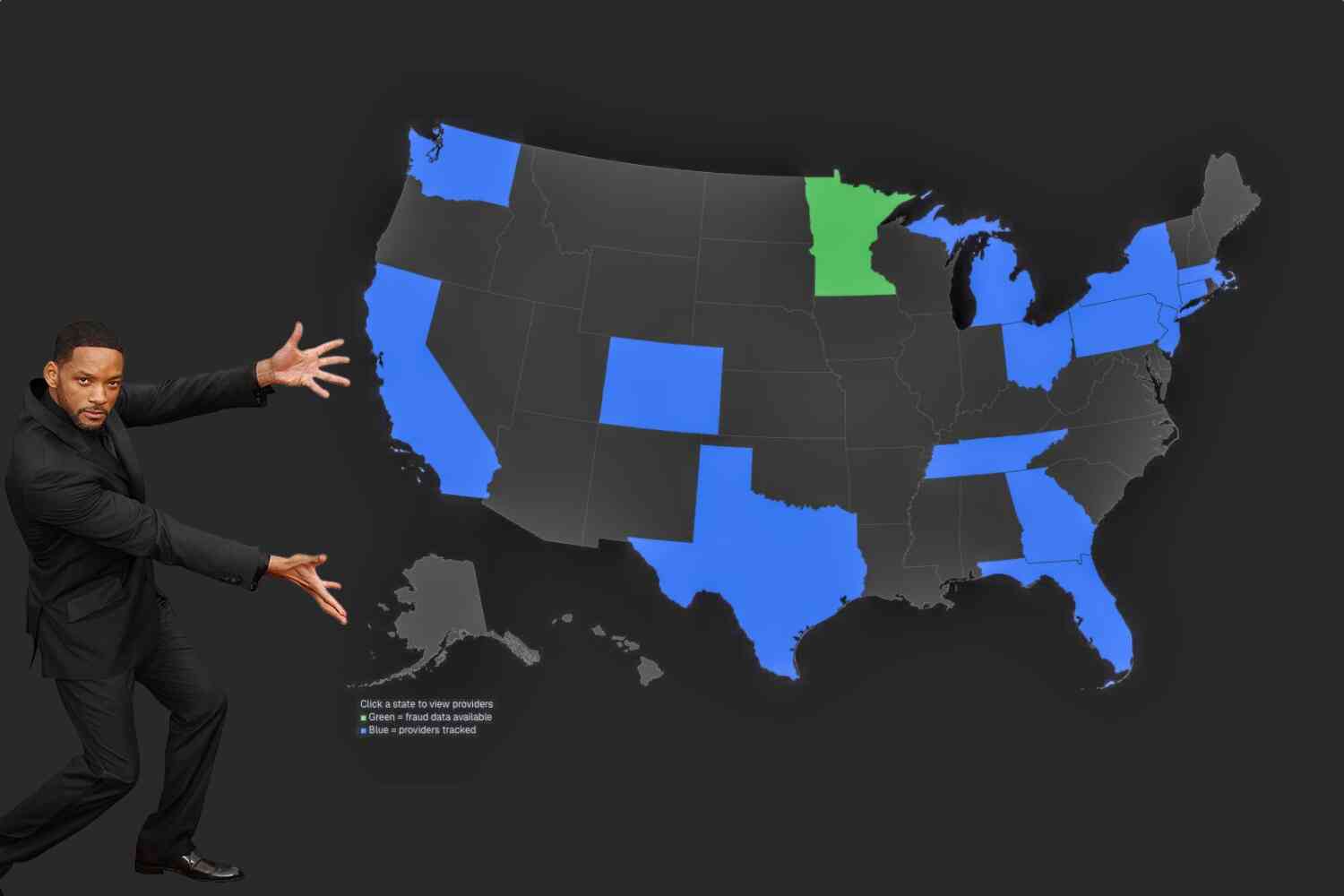Not good.
Covid-19 is deadly, but so were the draconian steps taken to mitigate it. During the first two years of the pandemic, "excess deaths" — the death toll above the historical trend — markedly exceeded the number of deaths attributed to Covid. In a paper we just published in Inquiry, based on data from the Centers for Disease Control and Prevention, we found that "non-Covid excess deaths" totaled nearly 100,000 a year in 2020 and 2021.
As welcome as this research is, it's not really the story of thing that normally requires a study or a paper of any kind.
Not very long ago, most public health experts and government officials were keenly aware that sacrificing your economy and wrecking countless societal institutions was too steep a price to pay for public health mitigation measures. Unless it was basically airborne AIDS-Ebola, you couldn't justify wrecking your entire country because of a viral outbreak.
But hey it was 2020 so we all just tore up the rules.

Here's how the figures were calculated:
What are non-Covid excess deaths? During the pandemic, deaths from accidents, overdoses, alcoholism and homicide all soared, as did deaths from hypertension, heart disease and diabetes. From April 2020 through December 2021, deaths from Covid averaged 350,000 a year for Americans 65 and older, 100,000 a year for those 45 to 64, and 20,000 a year for those 18 to 44. That produced excess deaths for these age groups of 16%, 19% and 11% respectively. (The percentages reflect the lower base death rate for younger age groups as well as the raw numbers.)
Non-Covid excess deaths are distributed more evenly among these age groups, 35,000 among the elderly, 33,000 among the middle-aged and 29,000 among young adults. As a percentage, however, that's a huge increase for young adults. While deaths from hypertension, heart disease and diabetes dominate non-Covid excess deaths for senior citizens, the other causes — accidents, overdoses, alcoholism and homicide — skew younger, poorer and with a disproportionate effect on minorities.
As the authors note, it's likely the case that Covid deaths are overcounted; medical officials during the last few years have tested pretty much everybody they see for Covid, and they've regularly classified someone's death as Covid-related even if the death itself had nothing to do with Covid, so long as the deceased had recently tested positive.
And then there's this:
It also bears mention that these young-adult deaths, running 27% above historical trends, take far more years of life than the excess deaths for older age cohorts.
A policy that leads to a huge increase in deaths among young people is resulting in a much larger total loss of life-years than if deaths are concentrated in elderly populations.
Nobody likes to talk about it, but it's just the way it is.
And the problem is still ongoing:
The CDC data show the rate of non-Covid excess deaths in the first half of 2022 was even higher than 2020 or 2021. These deaths therefore likely already exceed 250,000, disproportionately among young adults. We are witnessing multiple healthcare emergencies, but resources and attention are still directed toward Covid.
We can keep treating Covid like it's in the end of the world, or we can start treating it proportionate to the actual threat it poses and stop ignoring the devastating effects that mitigation measures have had on healthy young populations.









